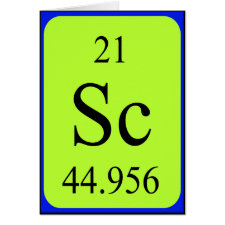
Authors: Li L, He XW, Chen LX, Zhang YK
Article Title: Preparation of novel bovine hemoglobin surface-imprinted polystyrene nanoparticles with magnetic susceptibility.
Publication date: 2009
Journal: Science in China Series B: Chemistry
Volume: 52
Issue: (9)
Page numbers: 1402-1411.
DOI: 10.1007/s11426-009-0182-0
Alternative URL: http://chem.scichina.com:8081/sciBe/EN/abstract/abstract414331.shtml
Abstract: Abstract: In this research, a surface imprinting strategy has been adopted in protein imprinting. Bovine hemoglobin surface-imprinted polystyrene (PS) nanoparticles with magnetic susceptibility have been synthesized through multistage core-shell polymerization system using 3-aminophenylboronic acid (APBA) as functional and cross-linking monomers. Superparamagnetic molecularly imprinted polystyrene nanospheres with poly(APBA) thin films have been synthesized and used for the first time for protein molecular imprinting in an aqueous solution. The magnetic susceptibility is imparted through the successful encapsulation of Fe3O4 nanoparticles. The morphology, adsorption, and recognition properties of superparamagnetic molecularly imprinted polymers (MIPs) have been investigated using transmission electron microscopy, X-ray diffraction, thermogravimetric analysis, and vibrating sample magnetometer. Rebinding experimental results show that poly(APBA) MIPs-coated superparamagnetic PS nanoparticles have high adsorption capacity for template protein bovine hemoglobin and comparatively low nonspecific adsorption. The imprinted superparamagnetic nanoparticles could easily reach the adsorption equilibrium and achieve magnetic separation in an external magnetic field, thus avoiding some problems of the bulk polymer
Template and target information: protein, bovine hemoglobin
Author keywords: magnetic nanoparticles, protein molecular imprinting, poly(3-aminophenylboronic acid) thin films, selective adsorption



Join the Society for Molecular Imprinting

New items RSS feed
Sign-up for e-mail updates:
Choose between receiving an occasional newsletter or more frequent e-mail alerts.
Click here to go to the sign-up page.
Is your name elemental or peptidic? Enter your name and find out by clicking either of the buttons below!
Other products you may like:
 MIPdatabase
MIPdatabase









